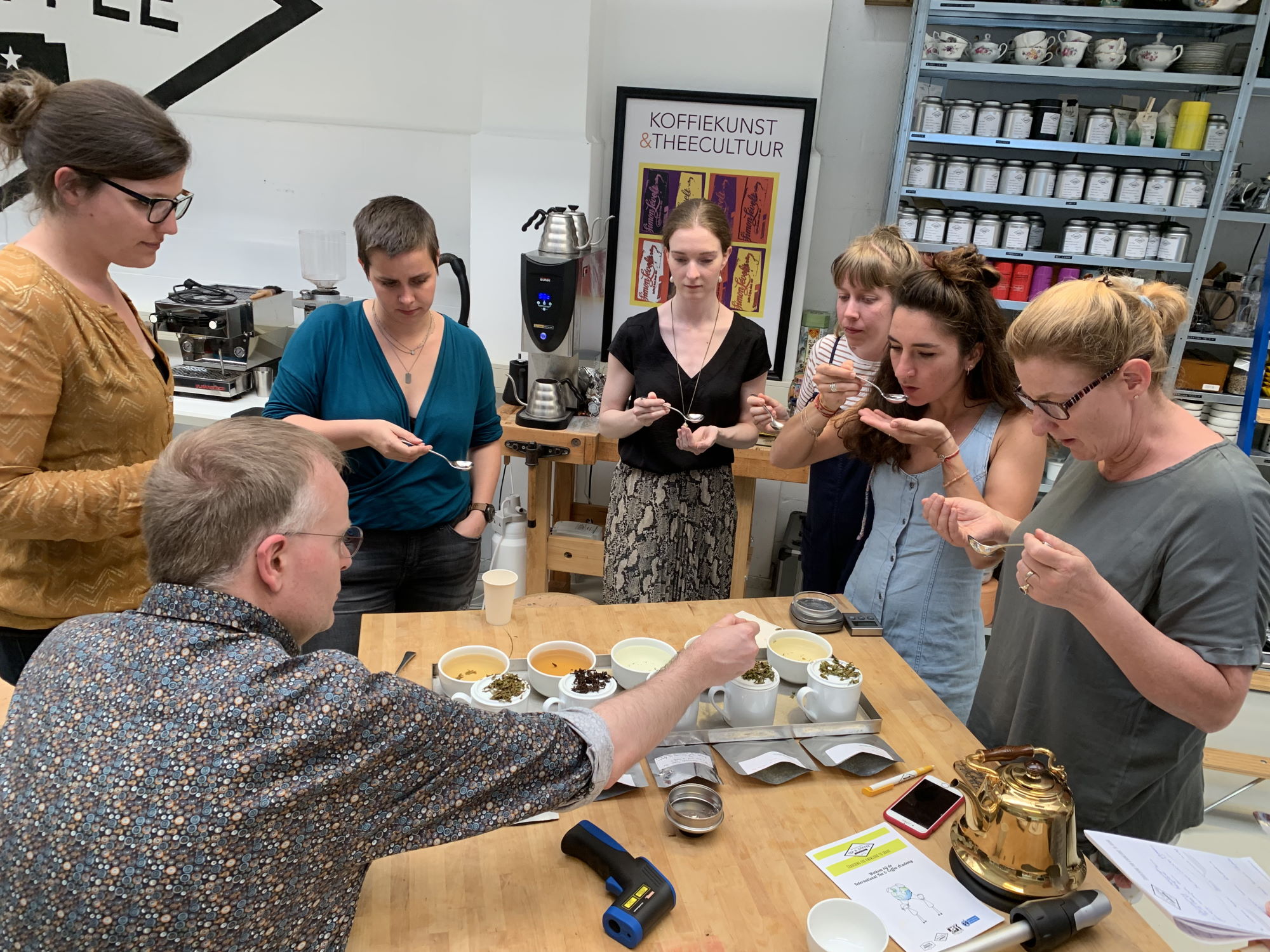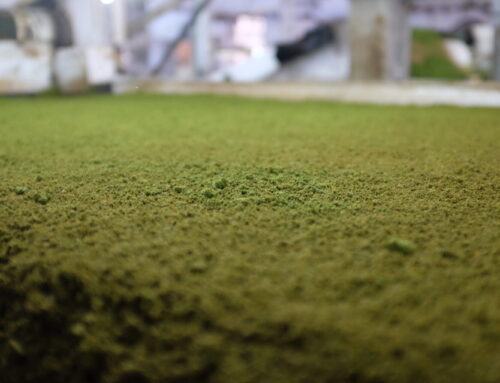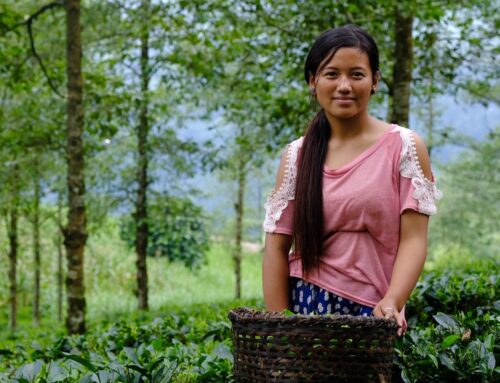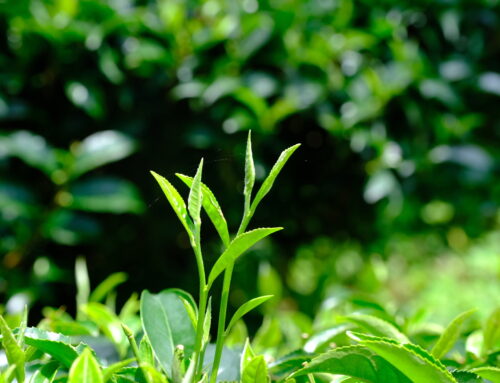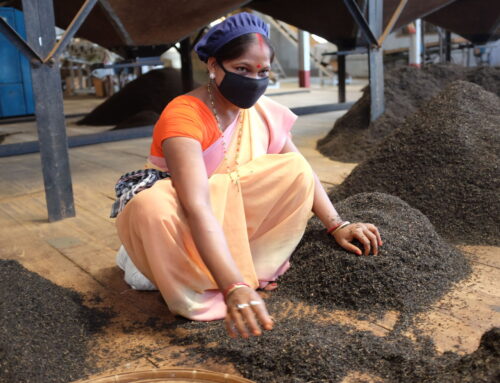Making better cup of tea at home, or rather make a cup of tea taste even better, how do you do that? With a few simple steps you can enjoy a much better cup of tea.
Contrary to what you might expect, this does not start with buying a very expensive tea. After all, tea is only one percent of what is in your cup. First, we take a look at the other 99 percent. Exactly, the water!
Water for tea
Dutch tap water is among the purest in the world. It’s fresh, clean and tastes good. Unfortunately, this does not mean that it is also the best water for making your cup of tea. The calcium in your water in particular, means that the beautiful aromas that are in the tea leaves, do not end up in your cup.
This not only works with very precious loose teas, but certainly also with the most drunk tea in the Netherlands, Pickwick English tea bags. You can easily test it yourself. Make a glass of tea with your own tap water and buy a bottle of Spa Reine. Spa Reine is a water that naturally contains little calcium.
The first thing you’ll notice is that the color of the Spa brewed tea is much brighter and lighter. Also, there will not be a small, dirty layer on top of your cup of tea.
Then you will notice the complete difference in smell and taste. There will be way more beautiful tea aromas and the mouthfeel will be much more pleasant. Nice and soft and not as bitter.
In addition, there is another great advantage of using soft water. When making green tea, you will generally not bring the water to a boil. Tap water creates a dirty foam layer on the tea. This will not happen if you use water with little calcium.
Carrying around water bottles everywhere is not only an attack on your back, it is also quite expensive. Recently, another way to get soft water was invented. Zerowater makes a water jug with a filter that removes all the lime from the tap water. You only need to replace the filter from time to time. To check if your water still doesn’t contain lime, a free TDS meter is supplied with the jug. With this meter you can easily measure whether your filter is still doing its job.
Tea
What is the difference between, for example, Pickwick English tea bags and more expensive teas that you come across in Simon Levelt’s shops, for example? The secret’s mainly in the growth rate. Cheaper teas mainly originate from countries where the tea plants grow quickly due to the high temperature and a lot of rainfall. This means the tea can be picked frequently. The disadvantage is that less tasty flavours can develop. In China, picking is sometimes only done twice a year, while in countries like Kenya there are regions where picking can take place all year round.
The great thing about more expensive teas is that you can pour hot water on the same tea leaves more often. This way you can enjoy the same leaves all day long and the price per cup is not that bad.
Tea bags or loose tea
Tea bags are easy and usually very cheap. The tea in the bags usually originates from countries where the tea grows quickly. The leaves are cut into small pieces to ensure that you can enjoy your cup of tea quickly. The disadvantage is that the tea quickly becomes too tart or too strong. The choice of loose tea is huge. With loose tea you often see large pieces of leaves or even whole tea leaves, which means they will need more time to release their flavours. This means that it is easier to determine the moment at which you want to remove the leaves from the water and the chance of bitter or astringent tea is a lot smaller.
Making a cup of tea
Tealeaves need space to be able to unfold and release their beautiful aroma’s. That‘s why a tea-egg for example won’t work as well. The easiest way to make tea is by using two pots. One in which you can let the loose tealeaves steep and the other to strain once the tea is done brewing.
Do you think this is too much hassle? Then an Easy Teamaker is a good idea. Make tea in the teamaker, add water and after the steeping time, place the teamaker on your glass or pot. With nice tea you can then pour new water on the leaves all day long without having to mess with strainers etc.
Temperature
Do you often dislike green tea because it’s so bitter? Then the water temperature is probably too high. Buy a tea thermometer from your tea shop for a few euros and you will know the exact temperature of the water you’re pouring onto your tealeaves. Most green teas are best when the water is between 60 and 80 degrees Celsius.
Time
You can, of course, look at the tea when it’s steeping and, based on colour, determine whether it has been steeped long enough. There is a very high chance that your tea will become too strong or too weak. Use an hourglass or a kitchen timer and you’ll know exactly when your tea has been steeped long enough.
Hundreds of teas can be found in tea shops and tea web shops. Experimenting with tea is a great voyage of discovery. Push your limits, read a book about tea or surf websites that teach you more about tea for an hour. It may be the most fun and healthy hobby you can find!

